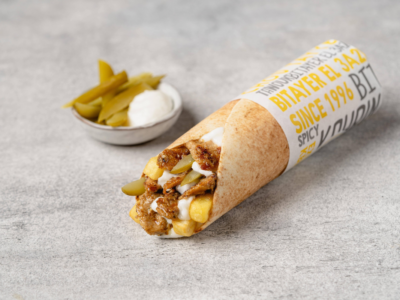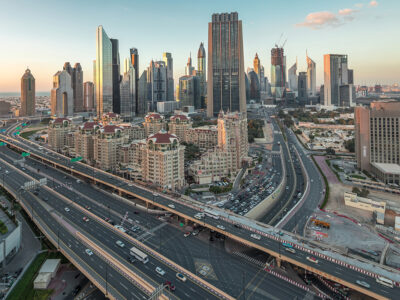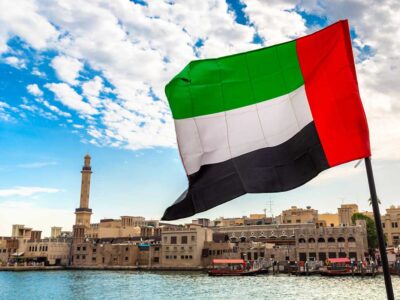The Qatar luxury watch and jewellery market is anticipated to grow amid a global flatline in luxury spending. The market is expected to grow by 2.11 per cent from 2025-2029.
Doha specifically has established itself as a key player in the region, with demand for high-end timepieces experiencing a surge year-on-year. According to recent data, revenue in Qatar’s luxury watches and jewellery sector is expected to reach $613.50 million in 2025.
In contrast, overall luxury spending totalled $1.54 trillion globally in 2024, marking a decrease of around 3 per cent, according to the 23rd edition of the annual Luxury Study by Bain & Company.
Doha’s demand for luxury goods
Every year the Doha Jewellery and Watches Exhibition is held in Doha, this year marked the 21st edition, featuring over 500 brands, 30,000 visitors and celebrities.
“We’re happy that Qatar is organising such exhibitions because it’s really helping us to keep connecting with our clients,” said David Tedeschi, Hublot Managing Director of Middle East, Africa and Latin America in an exclusive interview with Arabian Business on the sidelines of the exhibition.
Despite a relatively small population, Qatar’s per capita revenue in this sector highlights the country’s strong purchasing power and the enduring appetite for premium timepieces and jewellery.
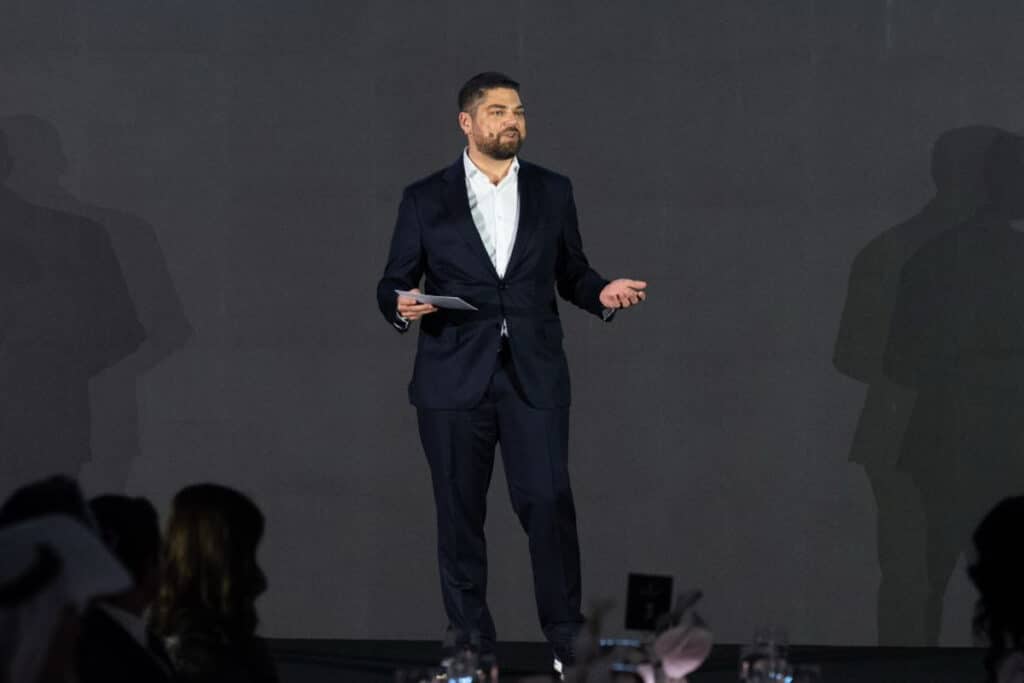
Luxury consumption in the country is driven by several factors, including the country’s high GDP per capita, a tax-free environment for luxury goods and more.
Additionally, the increase in high-net-worth individuals (HNWIs) and ultra-high-net-worth individuals (UHNWIs) in Qatar has contributed to sustained demand in the luxury sector. The market continues to attract top global brands seeking to establish a strong foothold in the region.
Doha has become a focal point for horology enthusiasts and collectors, and events like the Doha Jewellery and Watches Exhibition (DJWE) continues to attract global attention.
Luxury watchmakers, including Hublot, Rolex, Patek Philippe, and Audemars Piguet, have capitalised on this demand by expanding their presence and unveiling exclusive collections tailored for the region.
Brands recognise the region’s appetite for custom pieces, leading to an increase in exclusive Middle Eastern editions featuring Arabic numerals, unique colourways, and intricate engravings that reflect local culture.
Audemars Piguet, for instance, introduced the Royal Oak Qatar Special Edition, currently available through luxury reseller The Luxury Flavour for AED 367,000. The watch’s burgundy dial pays homage to the Qatari flag and features hours in Arabic numerals.
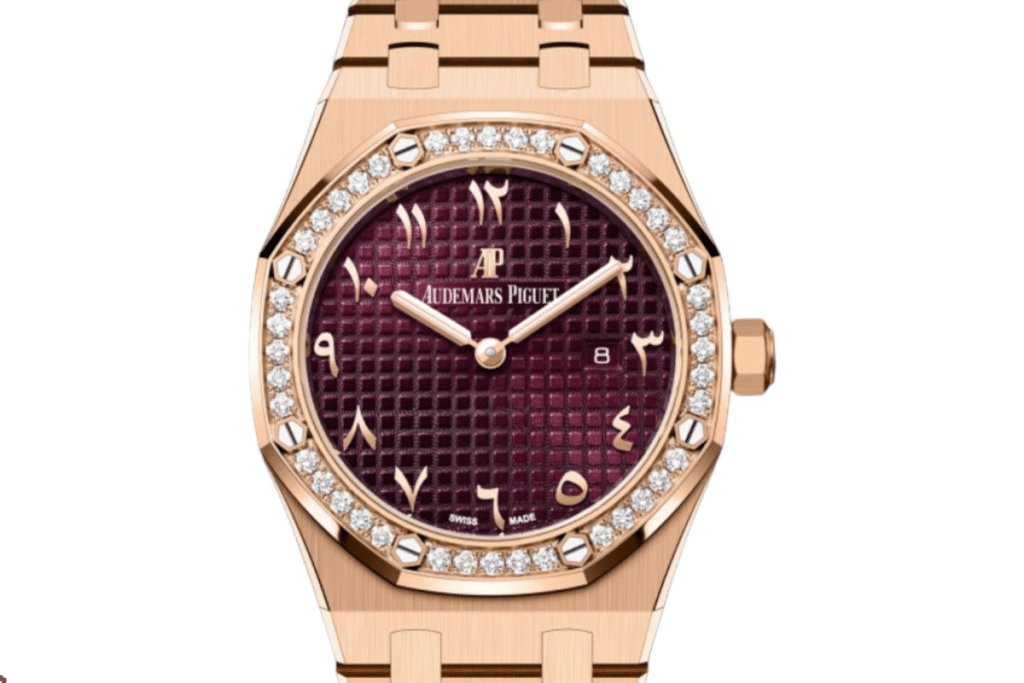
“It [Qatar] is a very important market for the brands, especially here in the region because it is among our top three most performing markets,” Tedeschi explained.
Hublot also capitalised on DJWE by showcasing its latest collection, which debuted at LVMH Watch Week in New York. This allowed Qatari watch enthusiasts an exclusive first look at the newest timepieces before it became available in broader markets.
In addition to well-known Swiss brands, independent watchmakers and niche luxury houses have also gained traction in Qatar. Brands specializing in ultra-exclusive and customized designs have found a dedicated clientele among Qatari collectors, further diversifying the market.
Qatar’s thriving luxury retail sector
Beyond DJWE, the country’s retail landscape significantly contributes to the success of the luxury watch and jewellery sector.
High-end shopping destinations such as Place Vendôme, Printemps, and The Pearl-Qatar house flagship stores of international brands to cater to the country’s affluent consumer base.
Many brands offer private viewings, bespoke customisation options, and VIP services to high-net-worth clients, enhancing the overall shopping experience.
As the country’s economy continues to diversify, its luxury market remains resilient with a steady CAGR of 2.11 per cent in the luxury watches and jewellery sector.
Beyond watches, Qatar’s luxury jewellery market is also witnessing significant growth. According to Statista, the sector is projected to experience an annual growth rate of 6.19 per cent from 2025 to 2029.
According to the Qatar luxury goods market size and share analysis – growth trends and forecasts (2025-2030) report, the main factors that aid the country in becoming a regional luxury fashion hub are the higher incomes of Qataris and the increasing investment in the luxury fashion sector.
High jewellery brands, including Cartier, Bulgari, and Van Cleef & Arpels, have established a strong presence in Doha.
The luxury market in Qatar is expected to see continued growth in the coming years, with digital marketing remaining a crucial factor in driving expansion, reflecting the ongoing trend of recent years.


